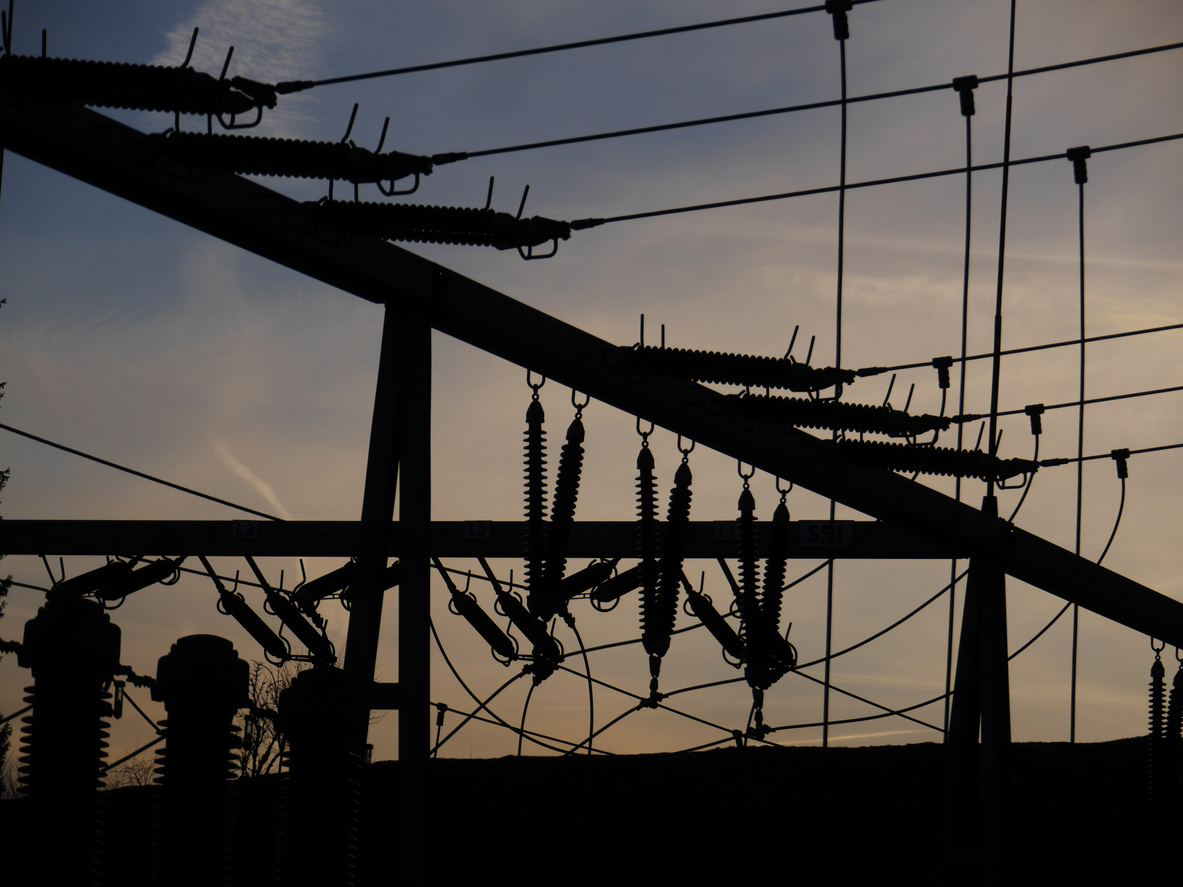PG&E has applied for a roughly $7 billion federal loan to fund its ambitious plans to reduce California wildfire risk by burying power lines and upgrading the electric grid, company executives said.
The California utility was invited to apply for funding from the Energy Department’s Loan Programs Office, which finances critical energy projects tied to the shift away from fossil fuels. If approved, that amount would rank among the largest-ever loans for the office. It recently committed a record $9.2 billion to a Ford Motor joint venture making electric-car batteries. A General Motors battery venture struck a deal with the office last year for a $2.5 billion loan.
PG&E hopes to use the loan to help fund the burial of 10,000 miles of power lines in regions at high risk of fire, Chief Executive Patti Poppe said in an interview. Other potential uses include replacing overloaded transmission conductors that carry power and upgrading substations.
Last year’s climate law increased the loan office’s lending capacity roughly 10-fold to about $400 billion and created a new category of loans for upgrading energy infrastructure.
The funding would be a boon for Oakland, Calif.-based PG&E, which faces challenges raising money from Wall Street after a complex bankruptcy restructuring. The company is preparing for a surge in electricity demand driven by the state’s shift to electric vehicles.
“The entire grid has to be electrification-ready and EV-ready,” Poppe said, adding that the Loan Programs Office “would be backing our ability to pay for it and allowing us to make these infrastructure investments at the lowest cost to customers.”
She estimated that for every $1 billion of federal loans approved, PG&E could save roughly $20 million because the loans are typically tied to long-term Treasury yields. The yield on the benchmark 10-year U.S. Treasury note sits at about 3.7%. Investors charge more than 6% from companies such as PG&E, which exited bankruptcy in 2020 without an investment-grade credit rating.
The company’s capital-spending plan proposes some $50 billion in investments in the five years from 2022 through 2026, with other investments planned for later years. The loan funding would go toward planned projects awaiting state and federal regulatory approval.
PG&E for years has struggled to reduce fire risk throughout its 70,000-square-mile service territory. The company’s power lines sparked more than 20 major wildfires in recent years, including the 2018 Camp Fire that killed 84 people and destroyed the town of Paradise, Calif. The company pleaded guilty to involuntary-manslaughter charges for its role in igniting it.
The company has lately focused on burying power lines as a way to reduce fire risk. It had proposed burying 3,300 miles of lines between 2023 and 2026, but late last year reduced that figure to 2,100 miles to reduce costs to customers.
The loan office could take months to review PG&E’s loan. There is no guarantee the company will receive any funding or the full amount it is asking for. Companies that get approved typically have to meet certain conditions before actually receiving the funding, a step designed to protect taxpayers.
As one of the nation’s largest and most important utilities given its presence in California, PG&E is the type of company that the loan office has been trying to work with under director Jigar Shah, a former solar entrepreneur who argues that technology and grid upgrades can drastically reduce the cost of the energy transition for consumers.
Poppe said the company could potentially use some of the loan funding to help prepare the grid for newer technologies that help manage electricity demand.
A deal with PG&E could trigger criticism from skeptics including Republicans in Congress who argue that the Loan Programs Office is overstepping by lending out large sums to the private sector. If projects flop, the failures could leave taxpayers holding the bag.
Shah has said that the government needs to accelerate large-scale infrastructure projects critical to fighting climate change because Wall Street is often too slow to act or demands onerous terms from companies.
Before Shah took over, the bulk of the office’s loans over the previous decade went to utilities building the Vogtle Electric Generating Plant, a nuclear project opening in Georgia.
A loan office spokeswoman said the office can’t comment on specific applications.













